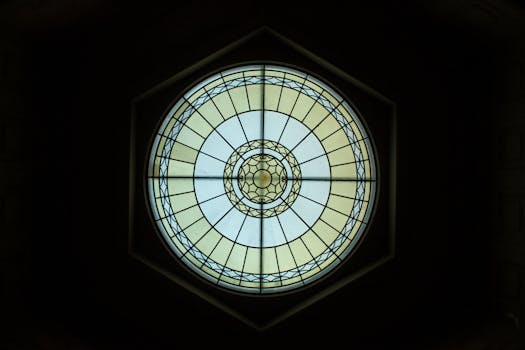
Traveling Through Time: How Europe’s Historical Heritage Shapes Modern Lifestyles in 2025
Traveling Through Time: How Europe’s Historical Heritage Shapes Modern Lifestyles in 2025. Europe, a continent steeped in history and tradition, has a unique ability to blend its rich heritage with modern lifestyles. From the ancient ruins of Greece and Rome to the medieval castles of England and France, Europe’s historical legacy continues to shape the way people live, work, and interact with one another in 2025.
Introduction to Europe’s Historical Heritage
Europe’s historical heritage is a treasure trove of cultural, architectural, and artistic treasures that span thousands of years. The continent is home to some of the world’s most famous landmarks, including the Eiffel Tower, the Colosseum, and Big Ben. These iconic structures not only attract millions of tourists each year but also serve as a reminder of Europe’s rich history and cultural significance.
How Historical Heritage Shapes Modern Lifestyles
Europe’s historical heritage has a profound impact on modern lifestyles, from the way people live and work to the food they eat and the clothes they wear. In many European cities, ancient buildings and landmarks have been repurposed as modern homes, offices, and cultural centers, blending traditional architecture with contemporary design. This fusion of old and new is a hallmark of European culture, where historical heritage is deeply intertwined with modern lifestyles.
For example, in Italy, the traditional cuisine is heavily influenced by the country’s historical heritage. Dishes such as pasta carbonara and pizza margherita are not only delicious but also reflect the country’s rich cultural history. Similarly, in Spain, the art of flamenco music and dance is a testament to the country’s Moorish and gypsy heritage, and continues to be an integral part of modern Spanish culture.
Preserving Historical Heritage for Future Generations
As Europe continues to evolve and modernize, there is a growing recognition of the importance of preserving historical heritage for future generations. Many European cities have implemented conservation efforts to protect their historical landmarks and cultural treasures, such as the restoration of the Parthenon in Greece and the rebuilding of the Notre-Dame Cathedral in France.
In addition to these efforts, there are many organizations and initiatives dedicated to promoting and preserving Europe’s historical heritage. For example, the European Union’s European Heritage Label recognizes and promotes cultural heritage sites that have played a significant role in shaping Europe’s history and identity.
Conclusion
In conclusion, Europe’s historical heritage continues to shape modern lifestyles in 2025, from architecture to art and cuisine. As the continent continues to evolve and modernize, it is essential to preserve and protect its rich cultural heritage for future generations. By doing so, we can ensure that the history and traditions that have made Europe so unique and special continue to thrive and inspire people for centuries to come.





